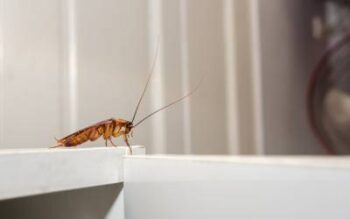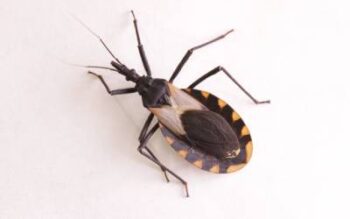 There are many things you never want to find in your home and rats are one of them. They can spread many different kinds of diseases as well as creating a multitude of hazardous property damage. In this article we’ll go over some of the many signs you’ve got rats in your attic/home, and what to do to get rid of the “rascally rodents in the attic.”
There are many things you never want to find in your home and rats are one of them. They can spread many different kinds of diseases as well as creating a multitude of hazardous property damage. In this article we’ll go over some of the many signs you’ve got rats in your attic/home, and what to do to get rid of the “rascally rodents in the attic.”
How and Why Do Rats Come into Your Attic?
Roof rats are the most common type of rat to find in your attic, and they tend to come in from trees outside. If there’s a limb near the roof they’ll make the jump and find an opening. For other species, they may access the upper levels of your home by climbing up a drain pipe or chimney, crawling through wall voids, or even tunneling through the building.
Rats have many reasons for coming into your attic. They may be searching for shelter, food, or water. That’s why eliminating crumbs and food debris and excess moisture go a long way toward rodent prevention.
Kinds of Rodents that Can Invade Your Attic
- Deer Mouse: 5 to 8 inches long, deer mice build nests in dark quiet places, either the basement or attic for the most part. Their fur is gray to reddish brown, with a white belly and feet. More commonly found in rural environments, they’ll sneak into a house during winter for warmth. Dangerous due to their ability to spread hantavirus through their corpses and urine.
- House Mouse: Also 5 to 8 inches long with varying shades of brown, gray, and black fur. House mice reproduce extremely quickly and are known for causing fire hazards by chewing through wires and property damage because of their tunneling. They also contaminate food with salmonella.
- Roof Rat: 13 to 15 inches long, their tail is longer than their body. Varying shades of gray to black coloration, with a distinctive hunched back and bulbous snout. Roof rats enjoy pet food to ours and contaminate anything they touch.
- Norway Rat: 16 inches long, Norway rats have a hairy tail that’s shorter than their body and are typically grayish-brown, reddish-brown, or black. These rats can be aggressive and gnaw incessantly, especially on wires. Norway Rats cause considerable damage to homes, gardens, and structures. They can spread jaundice, rat-bite fever, and salmonella.
Signs You Might Have Rats:
Keeping a vigilant eye out for early signs of an infestation is the first step in preventing rodent damage or disease. Some of the most common signs of rats include:
- Greasy Spots: Rats are creatures of habit when it comes to the paths they run, and over time they’ll leave greasy smudge marks along their trails.
- Chewed Items: From food to wires and furniture, rodents need to chew endlessly to prevent their teeth from growing too much. Chewed furnishings, wires, wall corners, anything. Chewing is a big sign you’re dealing with rodents.
- Foul Odor: Rodents relieve themselves whenever the need arrives, which gives infested areas a sour musky odor. If there are areas of your home/attic that smell strongly, it may indicate the presence of rodents.
- Droppings: Rodent droppings are small and greasy, about 3mm all the way up to 18mm depending on the species of rodent. You’ll find them scattered along the paths they run if there’s an infestation.
How to Deal with Attic Rodents
If you’re seeing signs of any of these pests in your home don’t hesitate to call the pest experts at Southern Pest Control. As part of the Rentokil family we strive for an environmentally safe form of pest control keeping your family and home as safe as possible. With our customized pest control, we’ll make sure that once the problem’s gone it doesn’t come back.
Need Pest Control Services?
We'll call you! Leave your information below.





